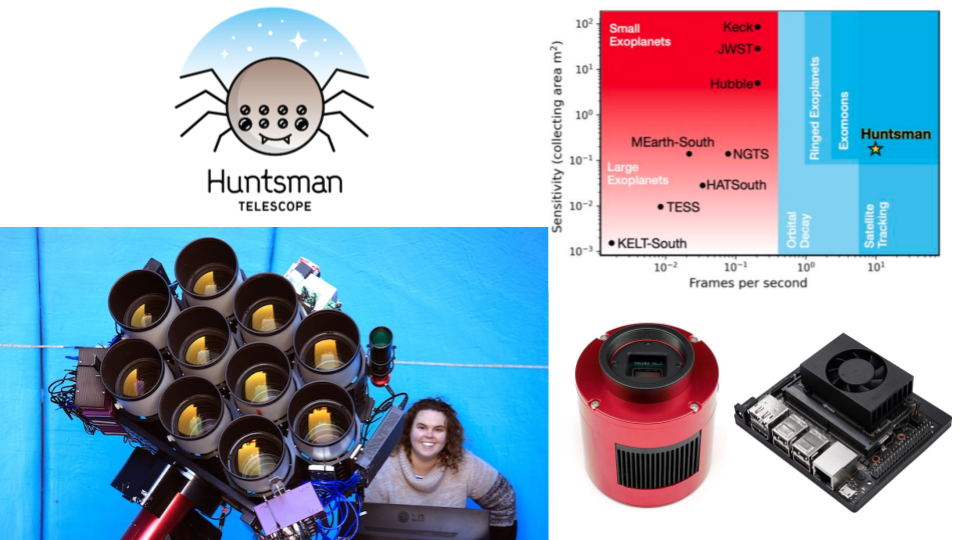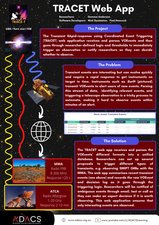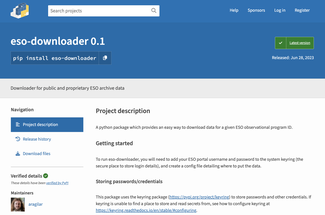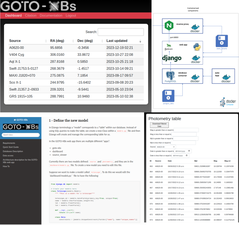
The aim of this project is to enable impactful research by deploying a new astronomical "movie mode" on the Huntsman Telescope. Movie mode is enabled by the same image sensor technology that is found in mobile phone cameras. Driven by considerable consumer demand, these sensors are now very sensitive and can take much higher data rates compared to sensors normally used in astronomical instrumentation.
Huntsman is one of the first professional astronomy facilities to use this new sensor technology. We have conducted 3 observational proof-of-concept studies in significant areas of astrophysics: exomoon and exoplanet ring detection, tracking a flare star breakout phase and detection of Betelgeuse flux variations during the daytime. Furthermore, we have trialed a daytime satellite monitoring mode, which has activated a Research Translation collaboration with an industry partner.
In the first semester of this project ADACS were able to use the proof-of-concept work to develop a new command line tool that would efficiently capture "move mode" observations from the Huntsman Cameras. Additionally, ADACS software developers undertook a review of the architecture of the telescope control and observing software and have made plans for a second semester's work, in which the "movie mode" observations will be implemented into the telescope control software.
In the second semester of this project ADACS were able integrate the movie mode observations into the telescope control software. As part of this integration it was necessary to change the way in which data were transferred between the camera, the NVIDIA Jetsons, and the control computer. Previously the data transfer rate (and thus the move mode frame-rate) was limited by the software implementation. By using a different data transfer scheme the limitation is now the hardware itself, which means that upgrades to the network switch and storage arrays will see an immediate upgrade in the maximum supported frame rate.
The third and final semesters of this project saw the completion of the integration of the movie mode and the data transfer system, as well as the development of unit and integration tests, deployment containers, and extensive documentation. The project is now in a robust state ready to be handed back to the project scientists for their research work.

Check out some of our other projects.

TRACET is a web app that uses VOEvent alerts to decide which transient events to observe with the MWA telescope, streamlining the process of rapid-response observations.

ADACS developed the "eso-downloader" Python package to automate ESO telescope data downloads. It streamlines access, quality checks, and retrieval, improving efficiency for astronomers in large programmes like GECKOS and MAUVE.

ADACS provided a solid foundation on which the GOTO-XBs team could further build the web app, and provided instructional information to up-skill the team.